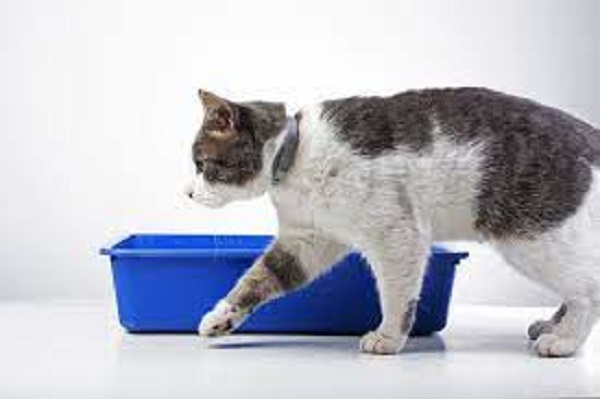
As devoted pet owners, we always strive to ensure the well-being of our feline companions. However, our furry friends are not immune to health issues, including those affecting their urinary system. Painful Bladder Syndrome (PBS), also known as Feline Interstitial Cystitis (FIC), or Feline Lower Urinary Tract Disease (FLUTD) is a common condition that can cause significant discomfort for cats. In this article, we will delve into the symptoms of PBS in cats and explore treatment options available to pet owners.
Symptoms of Painful Bladder Syndrome in Cats
Painful Bladder Syndrome is characterized by chronic inflammation of the bladder, leading to a variety of distressing symptoms in affected cats. Pet owners should be vigilant for the following signs:
Frequent Urination
Cats with PBS may exhibit increased frequency in urination. They may need to visit the litter box more frequently or have accidents outside the litter box.
Straining or Difficulty Urinating
Cats may experience discomfort or have difficulty urinating due to inflammation and irritation in the bladder. They may show signs of straining or spend a prolonged time in the litter box.
Blood in Urine
The presence of blood in the urine, known as hematuria, is a common symptom of PBS. Pet owners should monitor their cat’s litter box for any signs of blood or pinkish discoloration.
Urinating in Unusual Places
Cats suffering from PBS may urinate in places other than their designated litter box. This behavior may be an indication of discomfort or an attempt to communicate distress.
Excessive Licking of Genital Area
Cats with PBS may excessively groom their genital area, indicating discomfort and attempting to alleviate irritation.
Treatment Options for Painful Bladder Syndrome
If you suspect your cat is experiencing symptoms of PBS, it is crucial to consult a veterinarian for an accurate diagnosis and appropriate treatment. Here are some common treatment options:
Environmental Management
Creating a stress-free environment for your cat is crucial in managing PBS. Provide a calm, consistent routine, and ensure access to clean litter boxes in quiet areas.
Diet Modification
Specialized diets designed for urinary health can be beneficial for cats with PBS. These diets help maintain a healthy pH balance and reduce inflammation in the urinary system.
Medications
Your veterinarian may prescribe medications to manage pain and reduce inflammation in the bladder. Anti-inflammatory drugs, analgesics, and occasionally, low-dose tricyclic antidepressants may be recommended.
Environmental Enrichment
Providing mental and physical stimulation for your cat through interactive toys, scratching posts, and playtime can help reduce stress and prevent flare-ups.
Stress Reduction
Stress can be a significant trigger for PBS. Implementing stress-reduction techniques such as pheromone diffusers, safe hiding spots, and regular playtime can alleviate anxiety and promote relaxation.
Conclusion
Painful Bladder Syndrome (PBS) is a challenging condition that can significantly impact the well-being of our feline companions. Recognizing the symptoms and seeking veterinary care promptly is crucial for early diagnosis and effective management. By working closely with your veterinarian and implementing appropriate treatment options, you can help alleviate your cat’s discomfort and improve their quality of life. Remember, providing a stress-free environment, following a specialized diet, and ensuring proper medical management are key steps towards supporting your cat’s urinary health and overall well-being.
Related Articles & Free Email Newsletter Sign Up
Calico Cats Offer a Unique Coat Pattern and Can Bring Good Luck
The Significant Role that Cats Played in Ancient Culture


Comment here